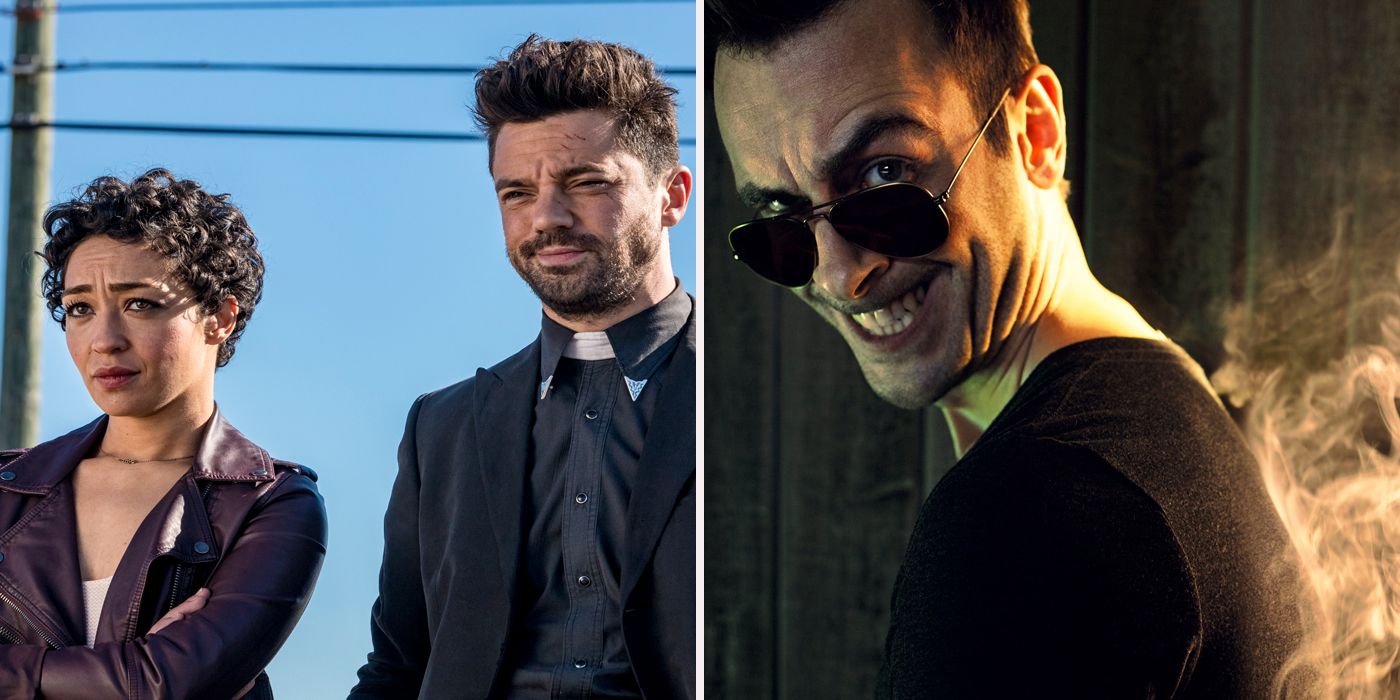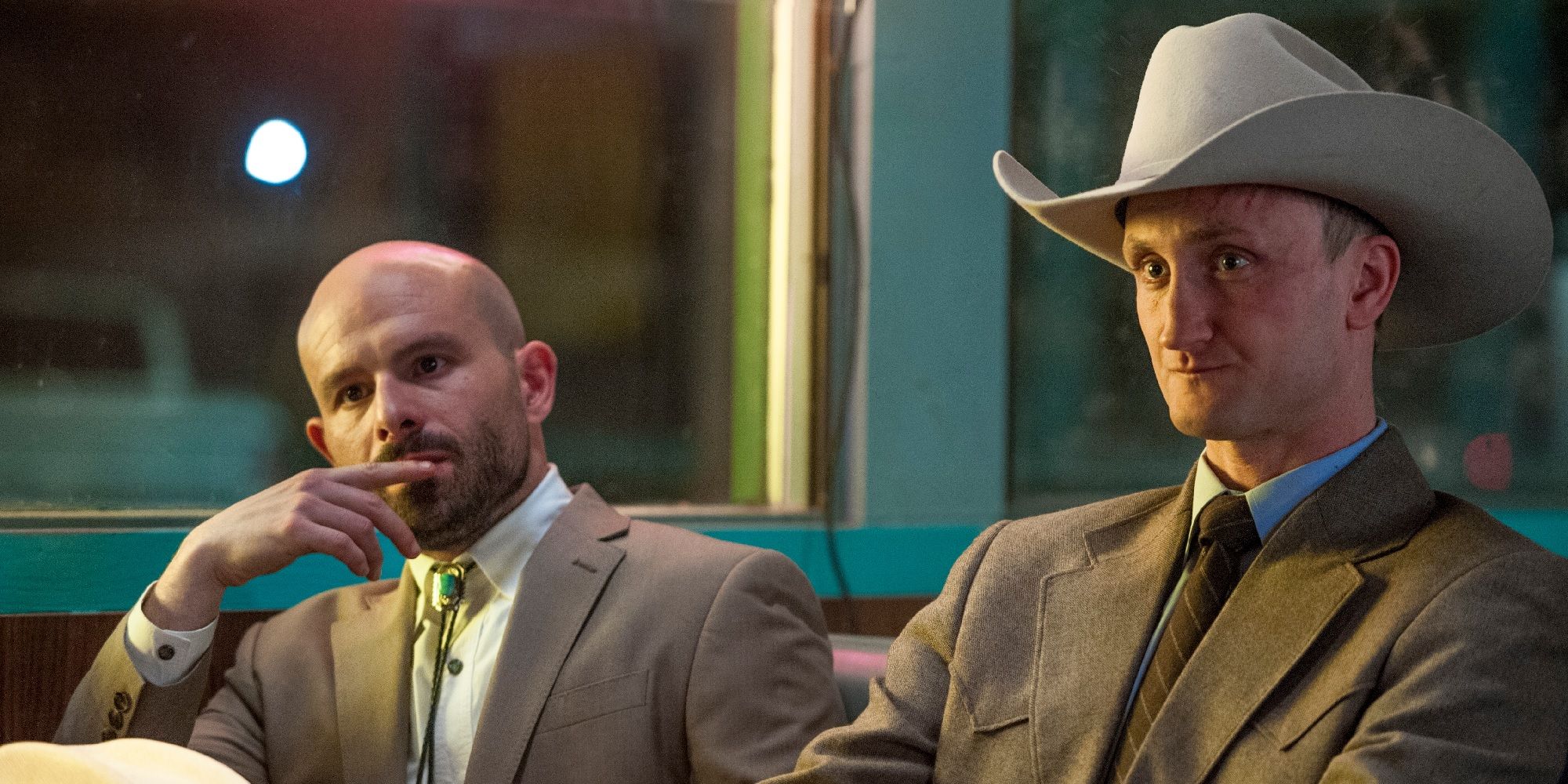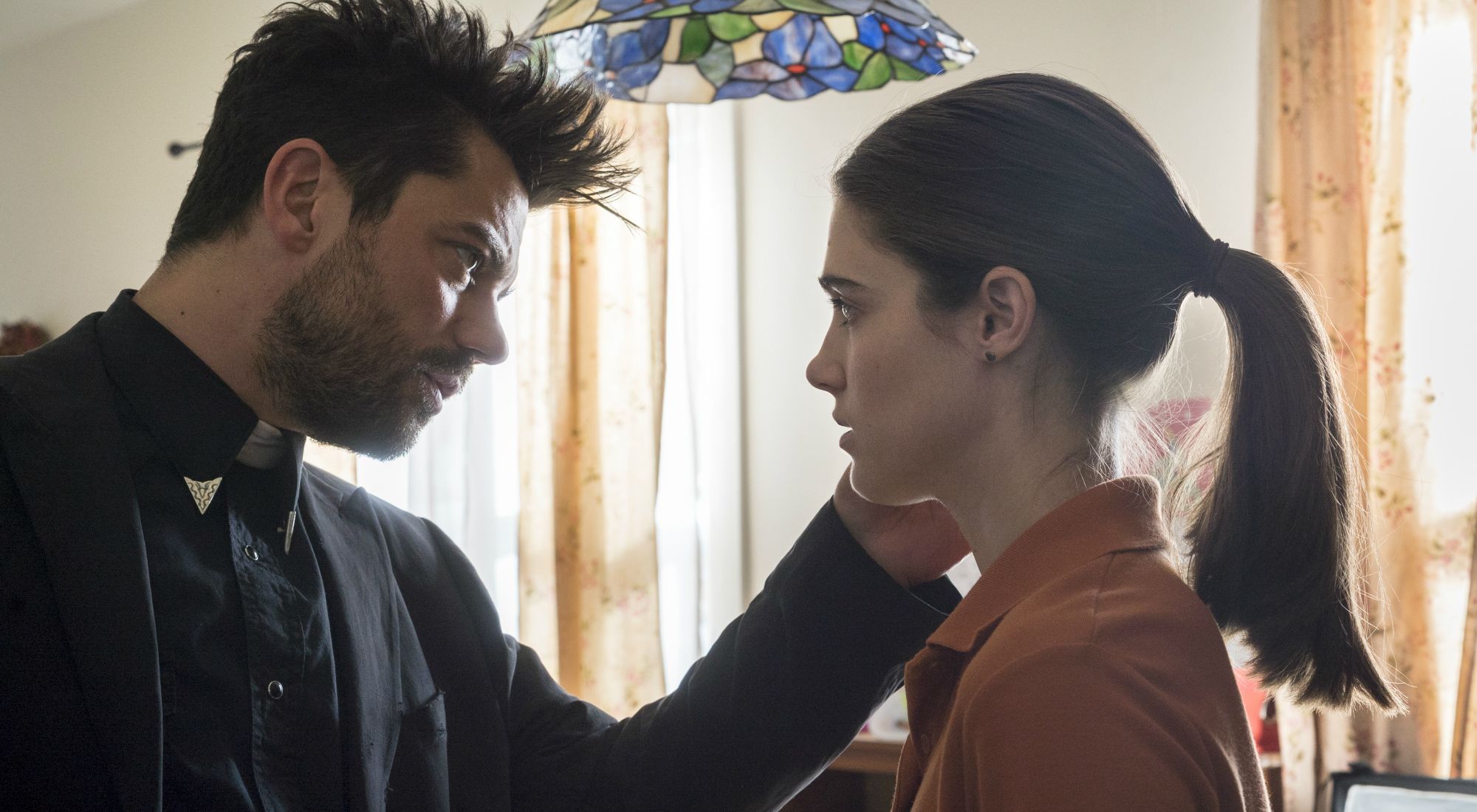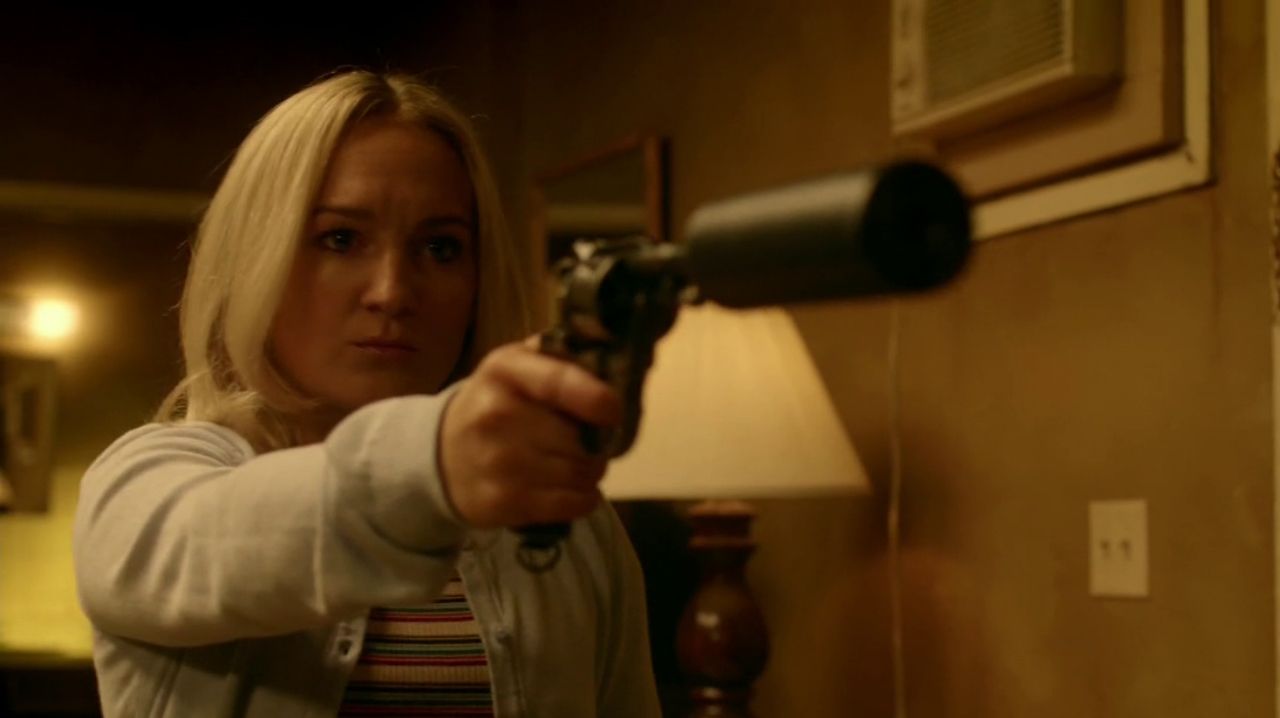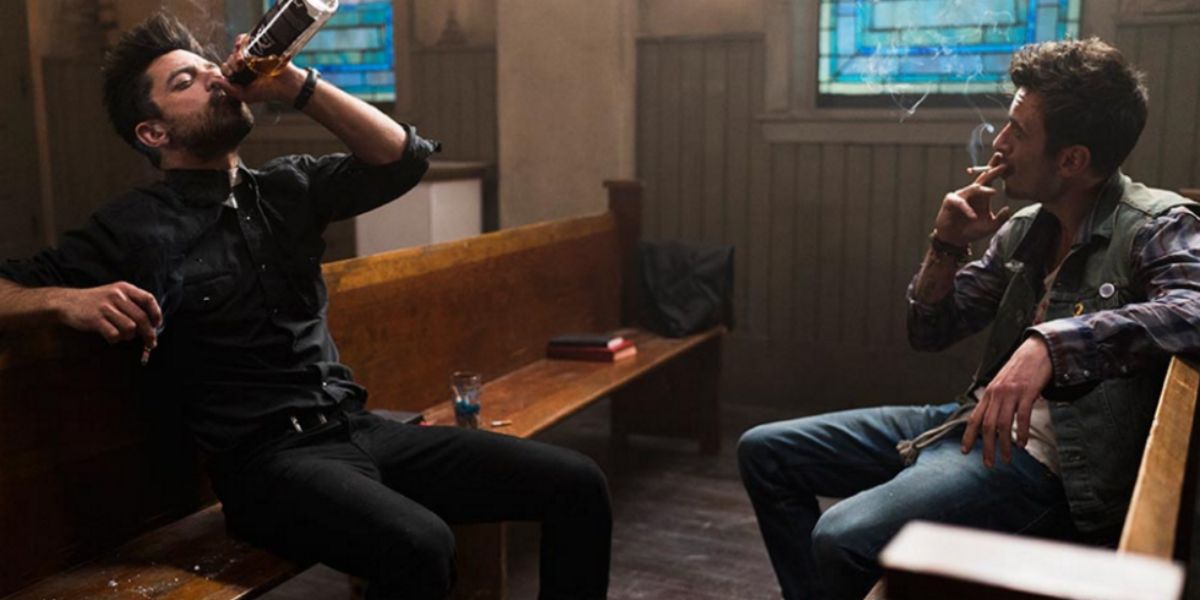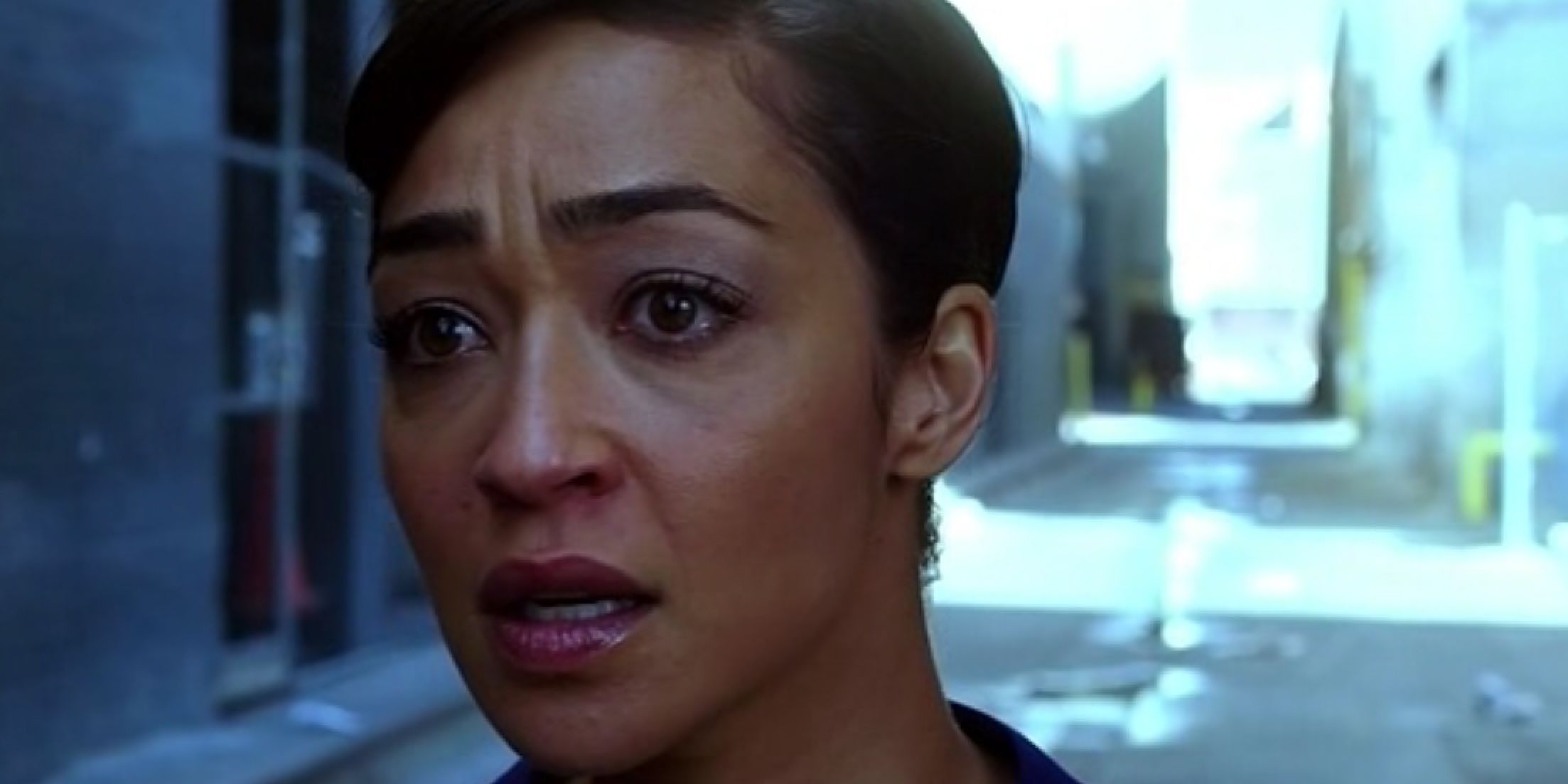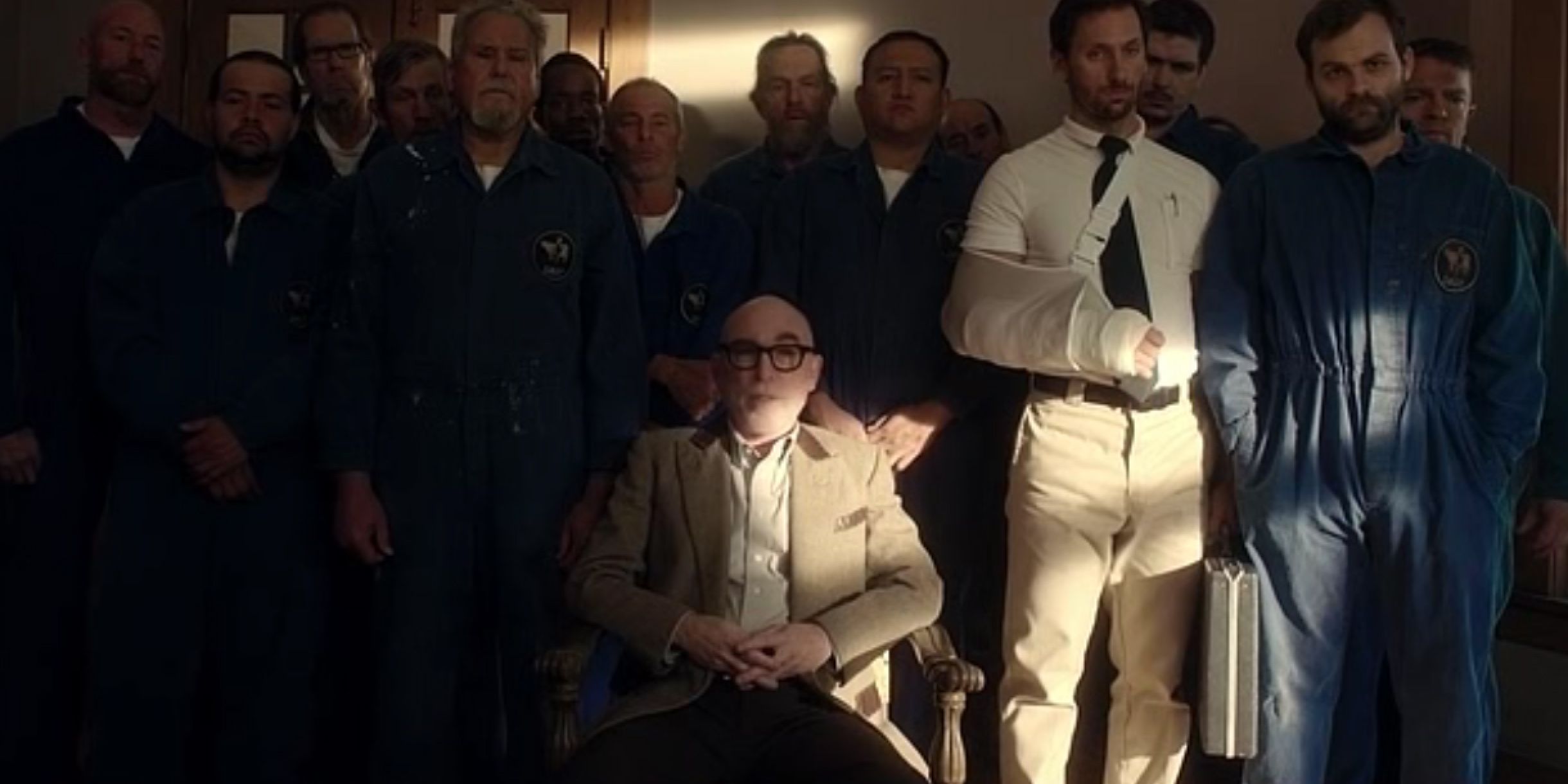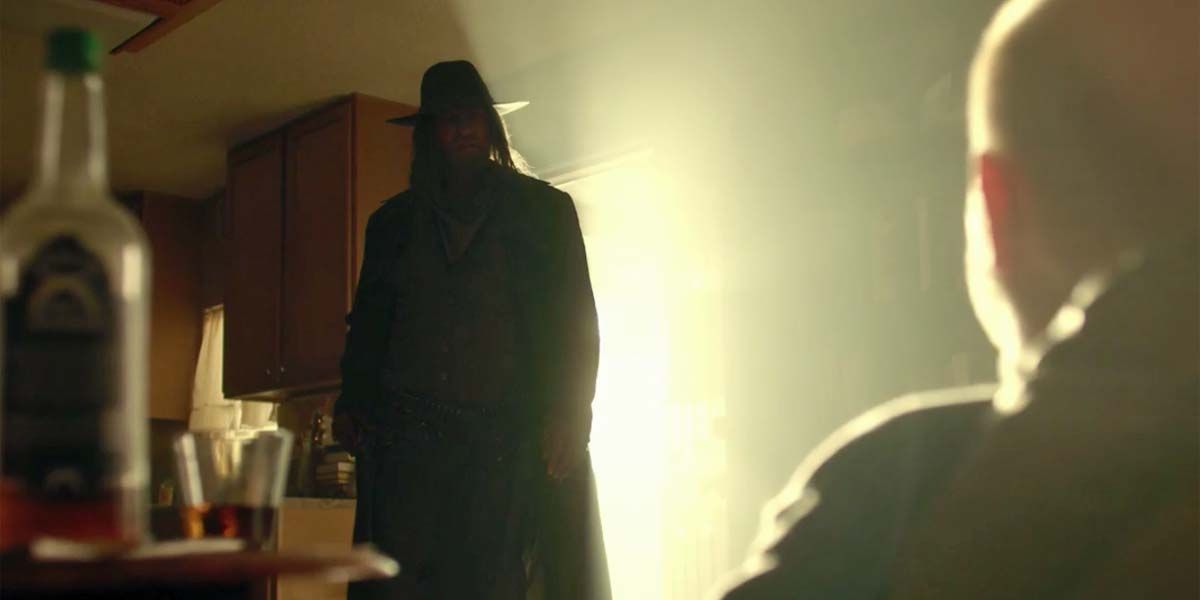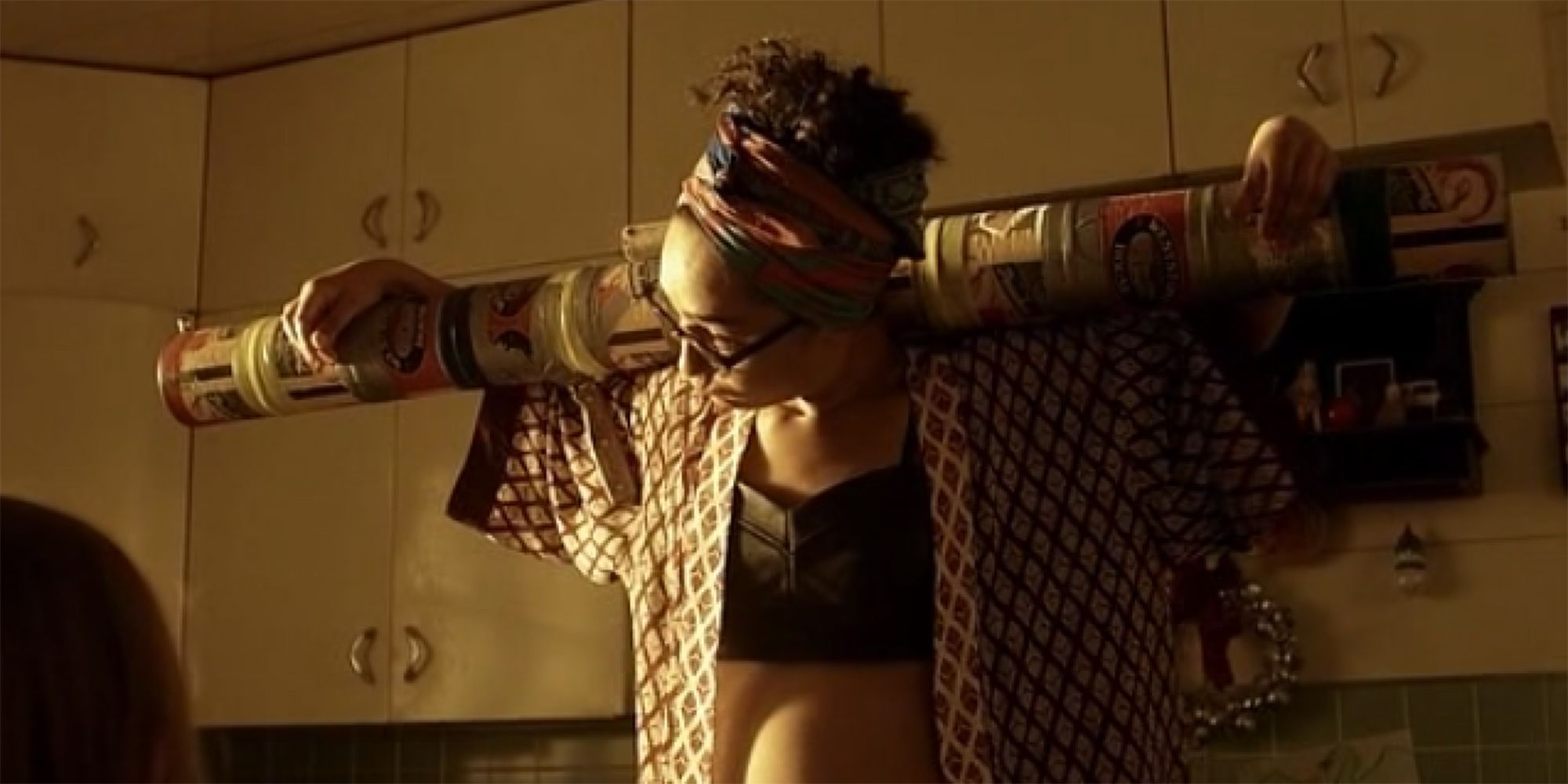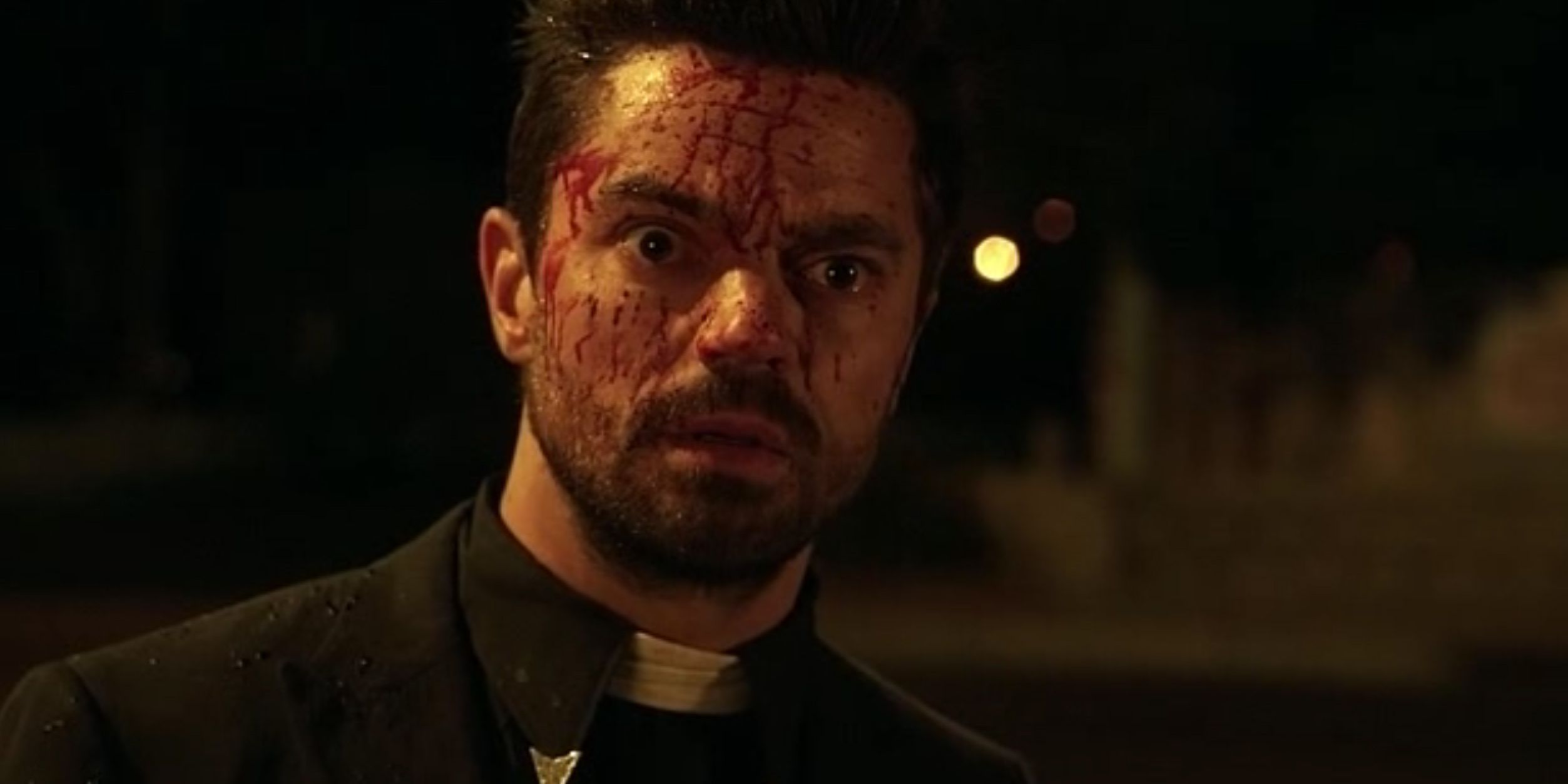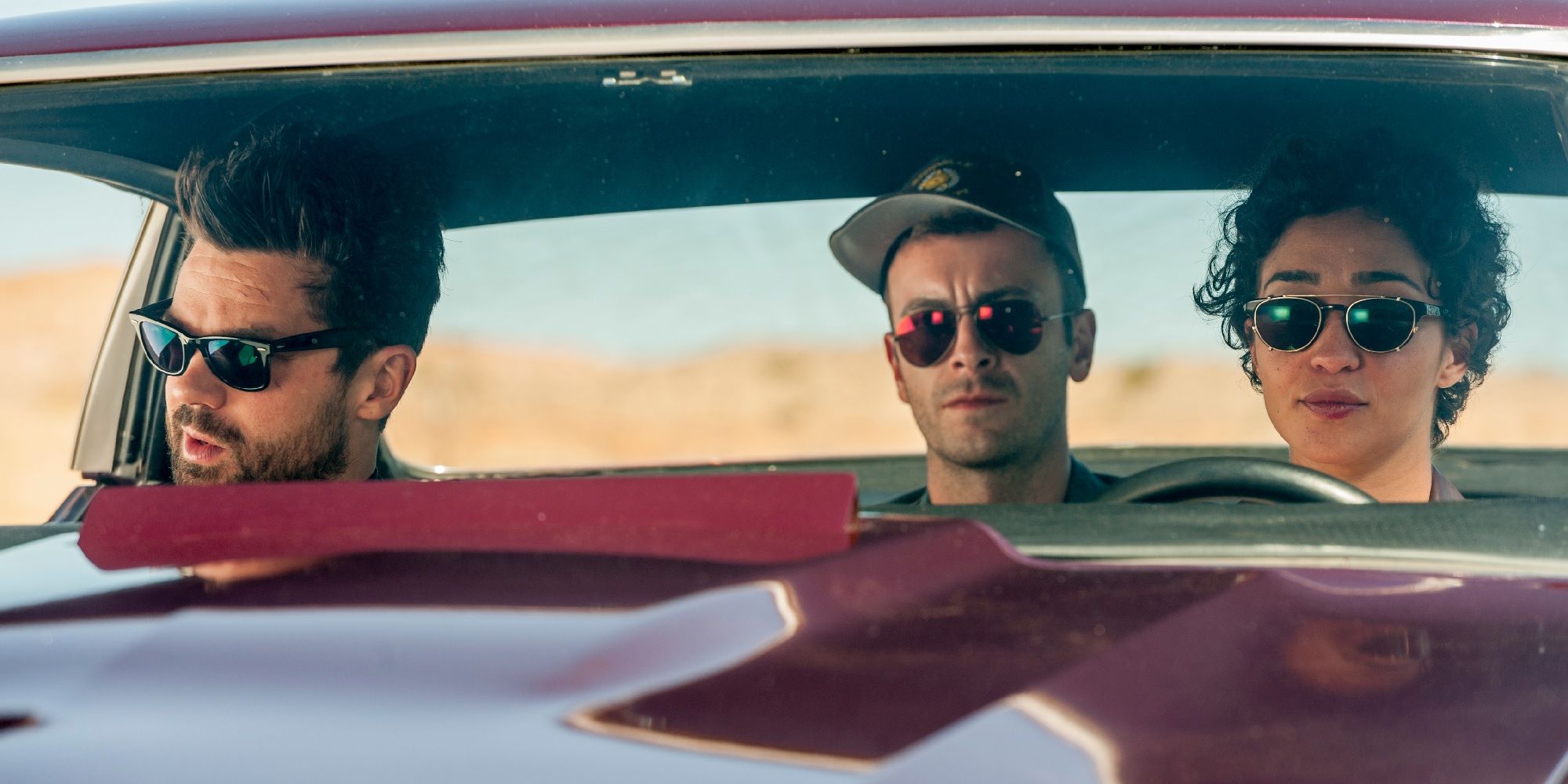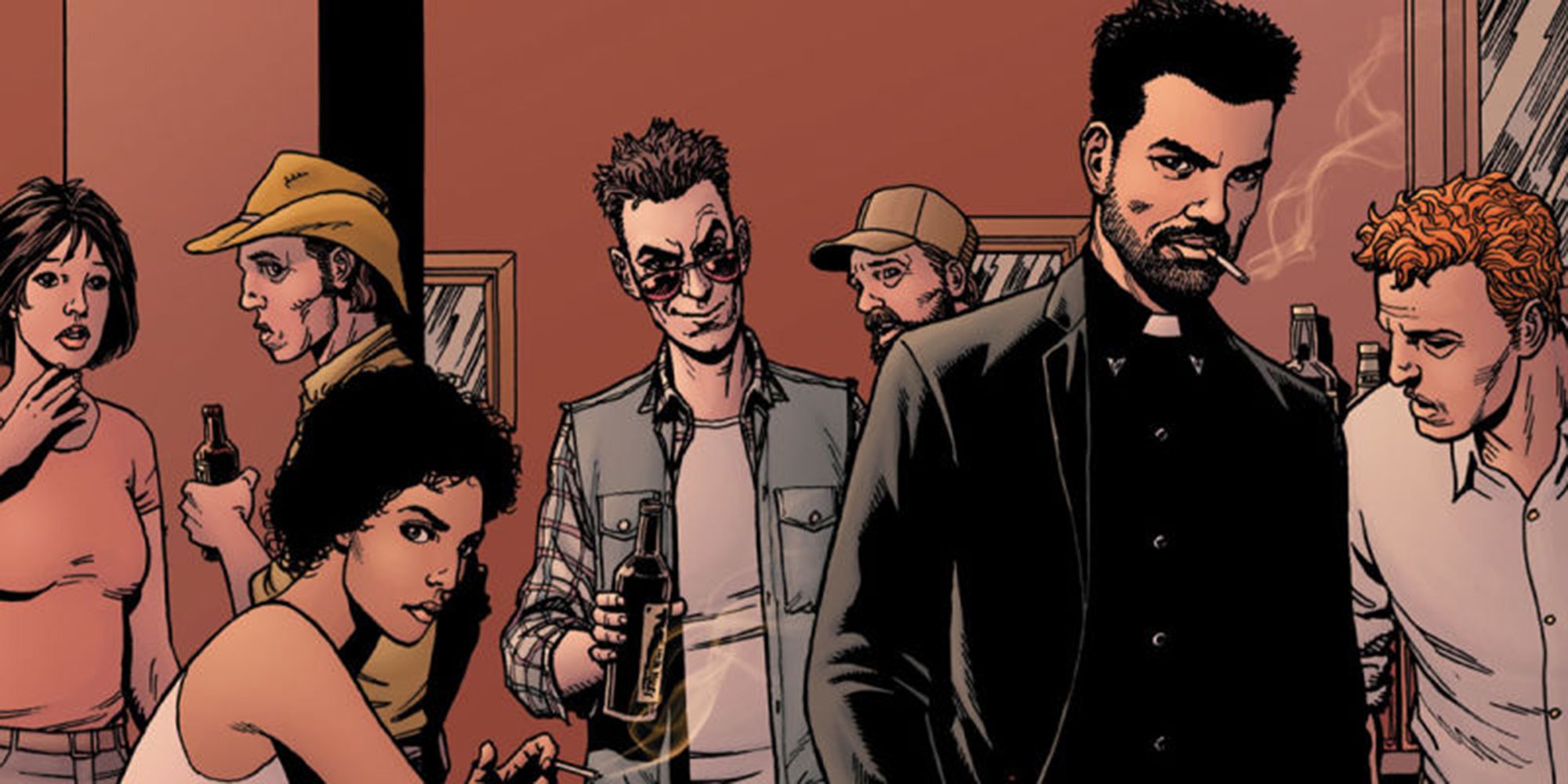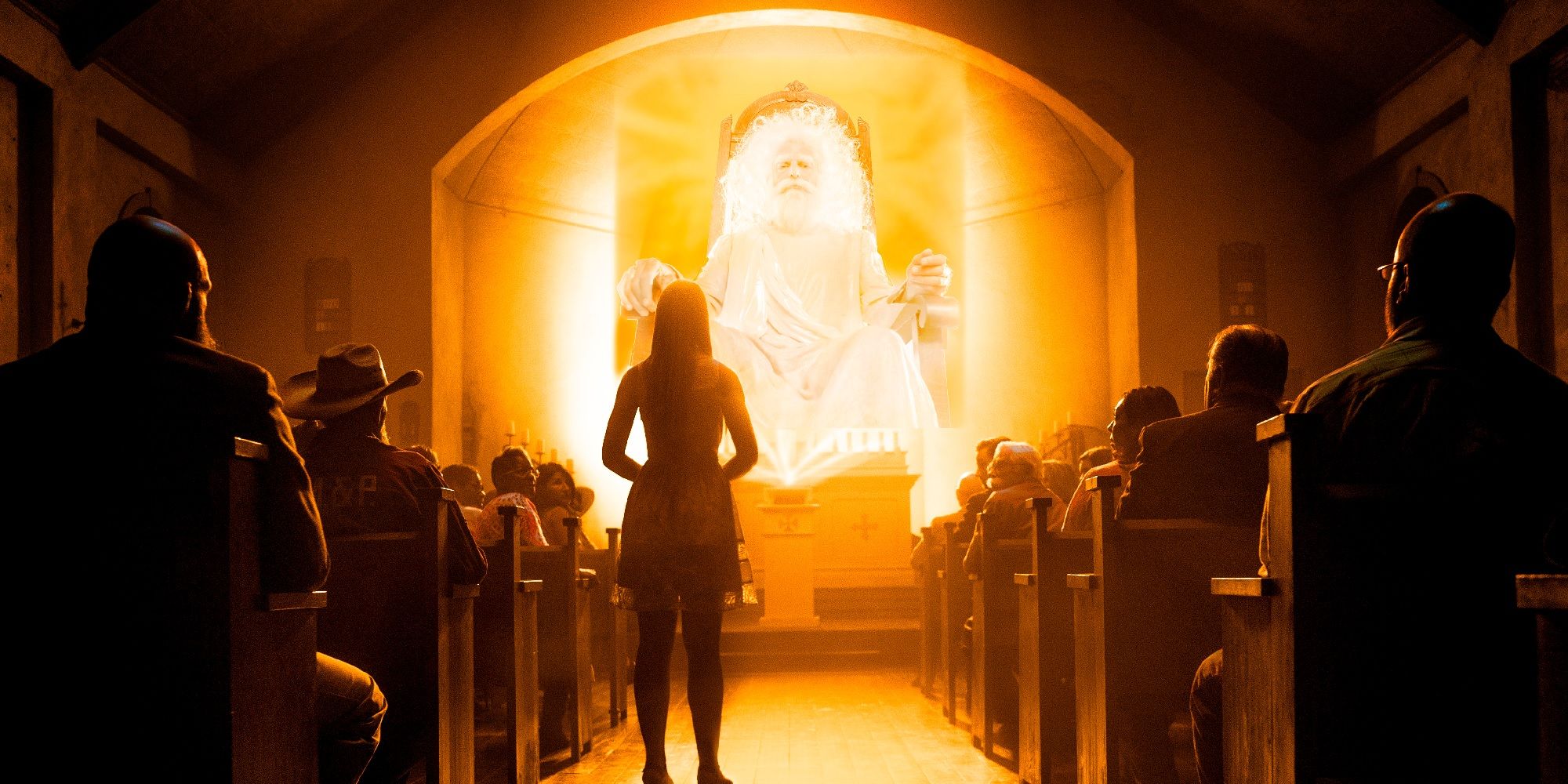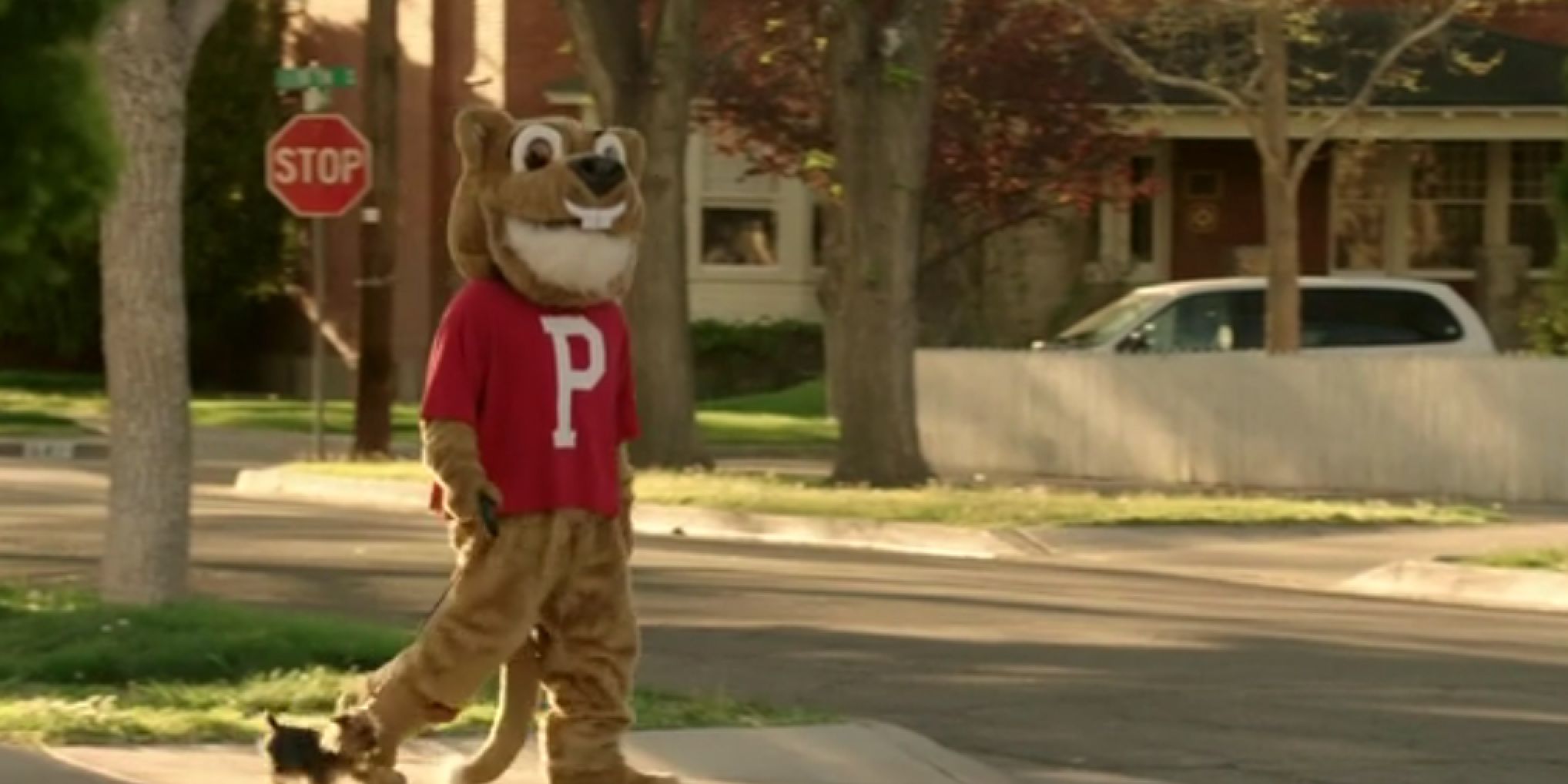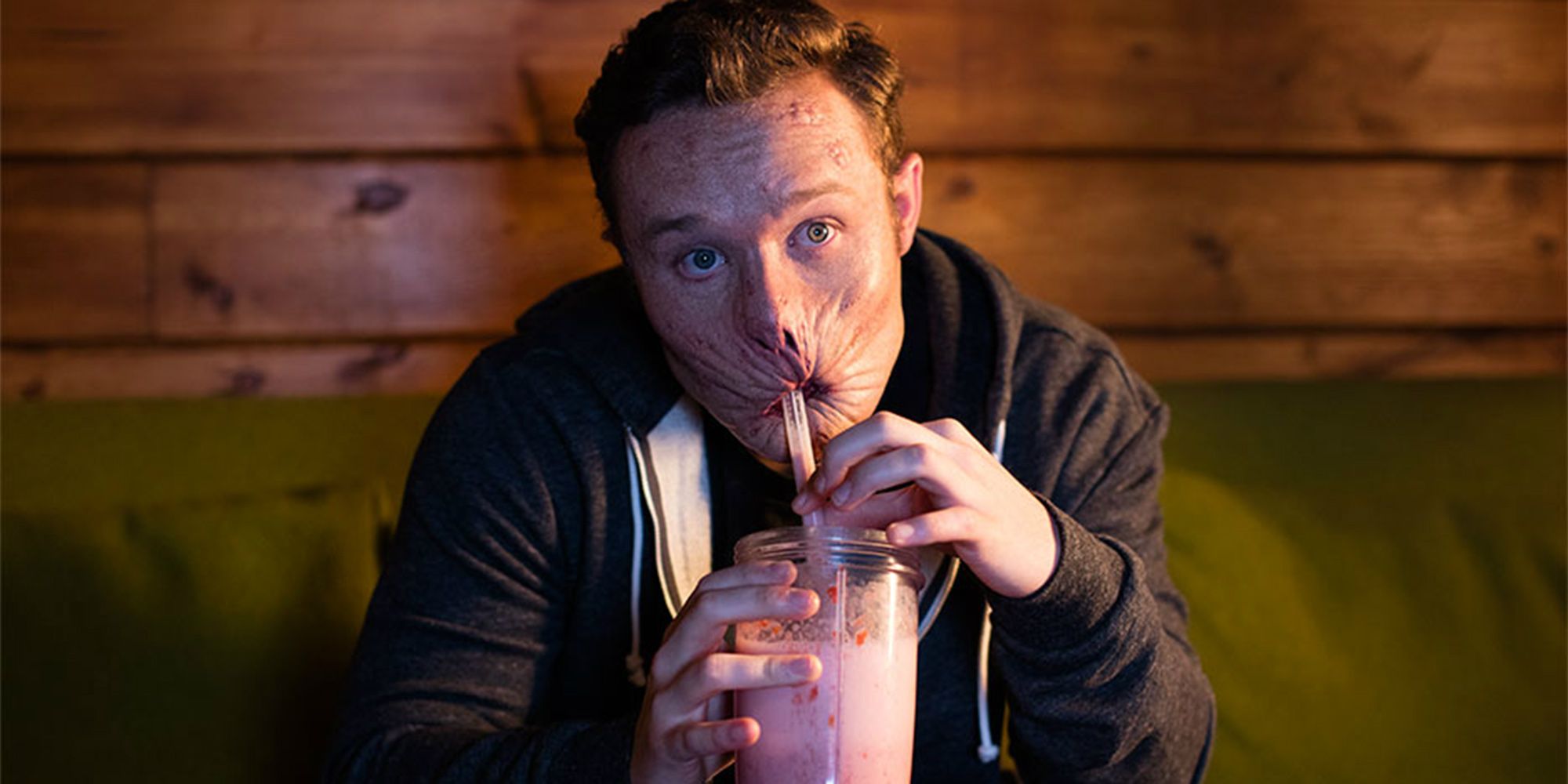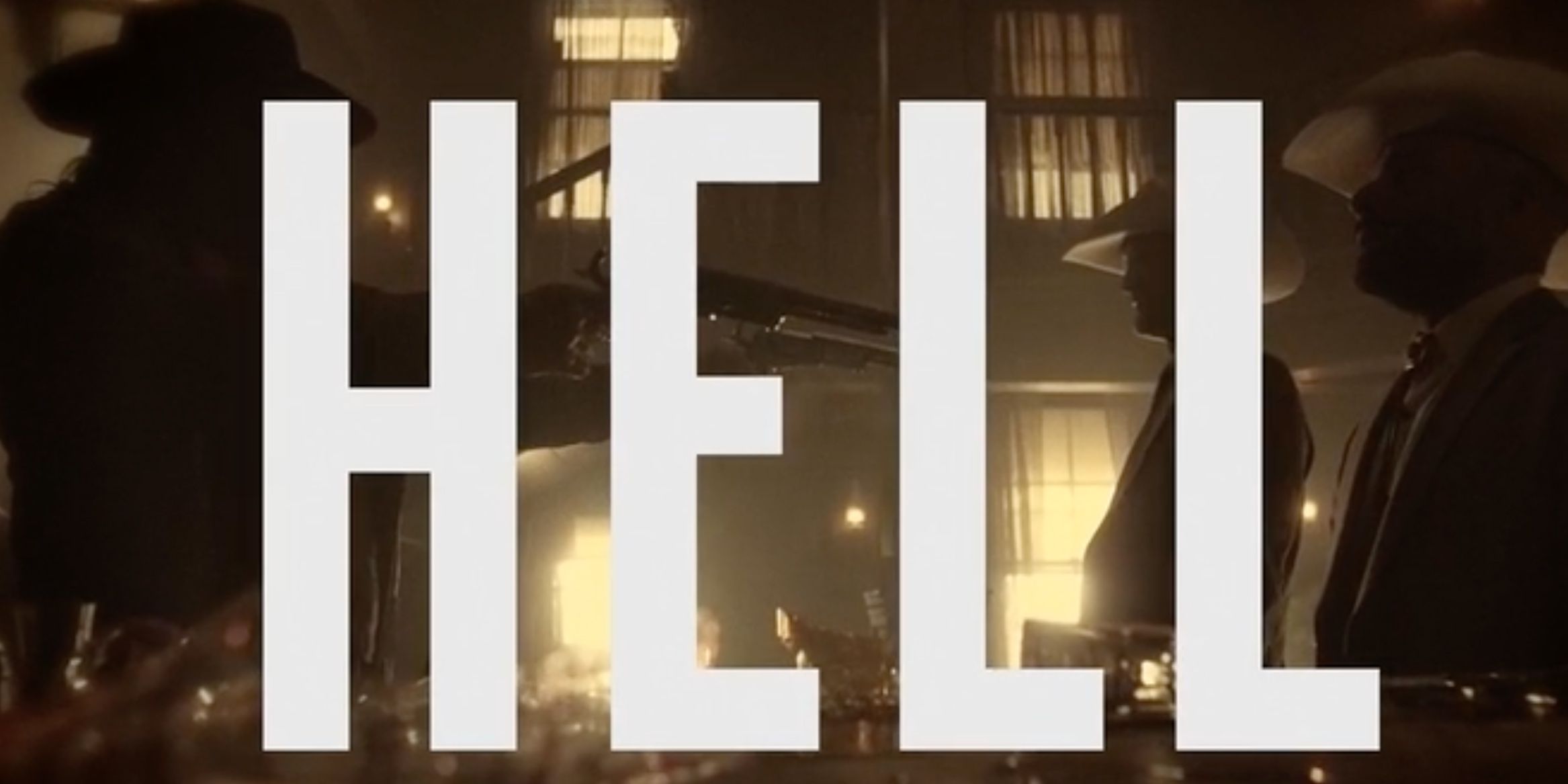Just two weeks from now, anyone reading this will probably be fresh off the season premiere of AMC's Preacher, Seth Rogen and Evan Goldberg's adaptation of Garth Ennis and Steve Dillon's cult classic. That means we all have two weeks to relive the gory glory of season one, and the simultaneously subtle and bombastic origin story of Jesse Custer. The comics famously follow Jesse, a preacher with the power to command others to do his bidding, his girlfriend Tulip, and Cassidy, their Irish Vampire friend, as the three embark on a road trip to find God. Season one famously picked up before the events of the comic's start, detailing a reworked canon in which he spends some time in his home town, Annville, before deciding to make the journey.
RELATED: Gotham: 15 Reasons Season 4 Needs To Be The Show's LAST
That deviation confused (and upset) fans who were expecting a more faithful adaptation. However, season one held its own, and offered new and old fans alike a chance to explore new Preacher material. It was a move that risked alienating the audience's comic book base, but in the end, it paid off. The first season of Preacher is a Mr. Toad's Wild Ride of conflicting tone, genre-crossovers and killer performances that, while technically non-canonical, is still one of the best and most original series' debuts in recent history.
15 DEBLANC AND FIORE
In the comics, DeBlanc and Fiore are two desperate peons who lose Genesis and then drink their way to the conclusion that setting free the Saint of Killers to track down Jesse Custer is the best course of action. Those elements appear in the series, but there's also a whole lot more. DeBlanc and Fiore are complicated with severe fish-out-of-water syndrome alongside their general incompetence.
They eat teabags, fail at room service and hide a direct line to heaven... under a bed. That makes them perfect comic relief, but the two also have an endearing, yet undefined relationship that makes them utterly touching. The nature of DeBlanc and Fiore's relationship remains a mystery to the audience, for the most part. It's not really sexual, but it's not friendly or familial, either. All we know is, when DeBlanc is shot in the season finale, Fiore's sadness is both genuine and heartbreaking.
14 IT HANDLES FEELS AS WELL AS IT DOES FIGHTS
Tonally, Preacher lives in extremity. It's at many times simultaneously violent, funny and deeply emotional. Considering the show's known for its Tarentino-esque bloody action, it was an unexpected treat to discover it was equally at home in scenes fraught with real emotion. If you didn't tear up when Sheriff told Eugene he wished the boy had "finished the job," you're lying. If you didn't need a tissue when Jesse's brought to his still smoking best friend, and the two share a beautiful heart-to-heart over the wizened corpse of the mayor, are you sure you watched it?
And when Tulip chases down two little jerks on bikes to get her alcoholic uncle's pants back, only to fail at carrying his dead, pantsless weight inside -- crap, just move on to the next entry. Nothing to see here.
13
PLAYS BY REVELS IN ITS OWN RULES
The fight at the Sundowner Motel in episode six "Sundowner" is a prime example of everything that's right with "Preacher." Jesse, Cassidy, DeBlanc and Fiore attempt to restrain Seraphim Susan, but in the ensuing fight, dead bodies accumulate as the angels die and reconstitute. It's arguably the most simultaneously violent and hilarious fight scene since Harmony and Xander attempted to trade slaps.
To top it all off, we miss half the action because the scene is shot from through a bullet hole in the next room, so all we can do is hear it. The effect only adds to the shock and awe, and it just goes to show that "Preacher" is capable of remaining faithful to its universe (and budget) and turning it into incredible art.
12 CUSTER/CASSIDY 4LIFE
One of season one's primary arcs was the development of Jesse Custer's friendship with Cassidy, the Irish Vampire Junkie Handyman. In the comics, the two become pretty close, pretty fast. While that relationship certainly has its ups and downs so we're not asked to believe the two are instant brothers, the show taking a slower, more organic approach to their friendship was genius.
These are two people with oftentimes radically different approaches to life, so giving their relationship some time to breathe before they become best buds made sense. It also allowed us the benefit of watching Dominic Cooper and Joseph Gilgun (playing much the same role he played in Misfits) light up the screen with their chemistry as the two get to know each other. That means when Cassidy tests that friendship by exposing himself to the sun in an effort to prove Jesse wrong, the moment is earned.
11 RUTH NEGGA
Given the epically entertaining bromance that is Jesse and Cassidy's relationship, not to mention the other, equally compelling storylines found in Annville alone, it'd have been pretty easy for Tulip's character to get lost in the shuffle. While she's a force to be sure, her primary occupation is to chase after Jesse Custer in some capacity.
In the hands of a lesser actress, Tulip could've gotten stale fast. Fortunately, we got Oscar-nominated Ruth Negga, so Tulip blossomed into something truly unique and exciting. She breathes furious life into every part of the young woman -- her sense of humor, her commitment, her deep sorrow and her utter badassery. She's a steel magnolia with a gun and we have Ruth Negga to thank for creating such a complex, yet balanced persona.
10 QUINCANNON'S ARC
While the tragic tale of Odin Quincannon turned out to be a little more short-lived than many non-comic readers expected, that shouldn't diminish its weird brilliance. He's a great example of the prismatic storytelling favored by showrunner, Sam Catlin. When first we meet Quincannon, he's a depressive psychopath, who thinks nothing of murdering people in his office and leaving the mayor to clean up the mess.
He's utterly irredeemable, until he isn't. When we find out what happened to his family and the horrific way they died, somehow (and this is largely thanks to Jackie Earl Haley's criminally underrated performance) he becomes incredibly sympathetic. One of the show's primary themes is humanity's inability to stand in judgement of each other -- even of a person like Quincannon. By allowing him to find some peace even after all of his misdeeds highlights the show's ability to take us to unexpected places.
9 NON-LINEAR STORYTELLING THAT WORKED
This type of narrative was employed in several different capacities during Preacher's first season. A segment in "He Gone," saw Tulip in a determined jog wearing her church clothes, and it wasn't until she clocked that kid with a car door that we knew what was -- oh, wait, no. It wasn't until she asked for the pair of pants back -- wait, no, it was when she got to that house with the old pantless drunk outside and called him Uncle Walter. That's when we figured out what was happening.
It's not easy to get an audience invested in something and purposefully confuse them at the same time, but Preacher had this down to a science. Whether it's the true fate of the steampunk gas monitor or the fact that the Saint of Killers' flashbacks aren't really flashbacks, the way Preacher doles out it's information bit by bit is genius.
8 IT TAKES ITSELF SERIOUSLY (BUT NOT TOO SERIOUSLY)
Preacher introduced itself early on as a show that lived on a knife's edge of humor and tragedy. It made sure audiences knew to expect scenes like the angel fight at the Sundowner Motel in the same episode as Eugene's condemnation to Hell. It's a quintessential dark comedy, reminiscent of Boondock Saints or Pulp Fiction, equal parts hilarious, horrific and moving.
Even the Saint of Killers, arguably one of the most humorless characters in the history of comics, managed to have his story lightened up. When DeBlanc and Fiore step into Hell to hire him, they immediately cast a comedic shadow on everything that happens there. The setting is still frightening and DeBlanc's shooting is still sad, but it's also kind of goofy seeing those two nimrods step into such an unrelated, both narratively and tonally, storyline.
7 THERE'S NO REAL VILLAIN
One of the most ironic things about Preacher, is that for a show predicated on the idea that God and the Devil exist and are very much on opposite sides, there's no clear villain. There are a bunch of messed up people, but the show takes great lengths to point out in nearly every situation that the worst of us are usually dealing with some of the worst circumstances.
Sheriff Root is a cruel and abusive father, but his entire life is a reflection of his own failure. His wife's catatonic, his son is beyond his comprehension, and in the end, when he makes it to Susan the seraphim while she's still alive, the kindest thing he can do for her is kill her, breaking the law he's sworn to uphold. Odin Quincannon, Donnie Schenk, even the Saint of Killers fall into this category, and the story is the richer for it.
6 IT CREATED A TEAM WE CAN REALLY ROOT FOR
If Preacher had picked up right where the comics start and the formation of the Three Amigos had happened in a more fast and furious capacity, there's no doubt that Dominic Cooper, Ruth Negga and Joe Gilgun still could've created an incredibly watchable team. But we wouldn't trade a season of them getting to know each other for anything.
This is the central relationship that will anchor this show for (hopefully) several seasons to come, so getting a front row seat to Jesse and Tulip's childhood friendship-turned-romance and later, Cassidy finding his place within that dynamic, is key. Watching these people become a family makes us a part of it, and ultimately, will keep us coming back. Plus, it meant we got Cassidy exposing himself to the sun in an effort to save the soul of his new best friend.
5 IT'S A VIABLE EXPANSION OF THE PREACHER UNIVERSE
Season one made a few enemies early on as it was announced that it would serve as more of a prequel to the comics than a direct adaptation. It was an unprecedented move -- this is, after all, a golden era of superhero franchises, nearly all of which rest on popular comic book source material as the backbone of their success. But it worked! Everything that happened in Annville (and to all of the never-before-seen characters within it) felt like an organic extension of the universe.
Even with considerable adjustments made to an already existing character like Odin Quincannon, none of the demented meat processor's story feels wrong. There's a "similar, but different" feel to much of the series, and it's the next best thing to a more direct adaptation that even cable would have trouble getting passed censors.
4 IT HAS... GOOD VALUES?
For a show that lampoons a religious ideal that's defined morals for generations, Preacher's own morals are surprisingly laudable. Arseface, the character with the most (and kind of the least) reason to lash out at those around him, is the most selfless person in Annville. Tulip backs off on insisting Jesse murder Carlos once she gets what she really wants, proof that Jesse is as broken by the situation as she is.
And Cassidy, the unapologetically murderous demon, is the moral compass that eventually inspires Jesse to do the right thing and stop using Genesis selfishly. While every resident of Annville is eventually wiped out, their final scenes all show them reaping what they've sown, for good or for ill. The message isn't that no one escapes the judgement of a higher being, but that no one escapes the consequences of their actions.
3 SENSE OF HUMOR
It should have come as no surprise that Preacher was going to be a comedy of some sort, if a darkly violent one. The comics embrace that tone, and it stands to reason the minds behind Observe and Report and This is the End would embrace it, as well. In Preacher, just because something is terrifying, gory, twisted, or sad does not mean it can't be funny at the same time.
Ask yourself -- is it usually amusing when a prostitute dies? No, but it is when she falls down a sinkhole after being chased by a guy in a mascot costume as part of a hide-and-seek game gone wrong. It's also not usually funny when a little kid asks a preacher to beat his dad up for spousal abuse. It's hilarious when the kid is deadly serious, but the parents are actually just into B.D.S.M. (R.I.P. Family Schenk).
2 IT KNEW WHERE TO MAKE CHANGES
While almost all of the first season is a departure from the source material, most of the new narrative content is fleshing out facts and relationships introduced in the comics. However, there were a few stark departures from the comic canon, and boy did they ever work, too. Eugene "Arseface" Root is a prime example of one such change.
Instead of shooting himself to emulate his hero Kurt Cobain, Arseface's story was updated to reflect the more modern tragedy of mental illness and gun violence with his attempted murder of Tracy Loach and his subsequent unsuccessful suicide attempt. Then, his entire story is detoured to Hell as the impossibly saintly teen gets condemned there by accident. Even if he eventually achieves the popstar status he does in the comic, Eugene's story in season one was great original adjustment.
1 THE SAINT OF KILLERS' "TWIST"
The Saint of Killers' story was compelling on its own. Even though it took place entirely separate from the main action, it didn't feel out of place or confusing. Graham McTavish's brilliant portrayal of the divine assassin was just as heartrending as Jackie Earl Haley's portrayal of Odin Quincannon.
The Saint's story could've ended after he murdered everyone in Ratwater, and there would certainly have been audience members who decried its lack of relevance. However, the story itself was told so well, it could stood on its own in some capacity (and has in a spin-off comic). However, the fact that we're slowly introduced to his misery bit by excruciating bit only to find out it's something he's currently reliving until the end of time makes the true fate of the Saint of Killers all the more thrilling when it's revealed.
Do you have any other reasons why season one of Preacher is better than most people give it credit for? Let us know in the comments!

